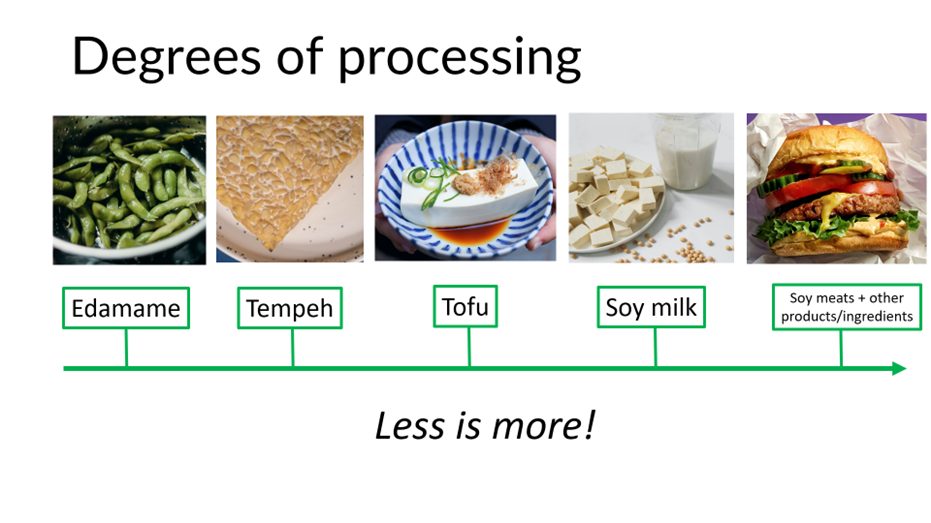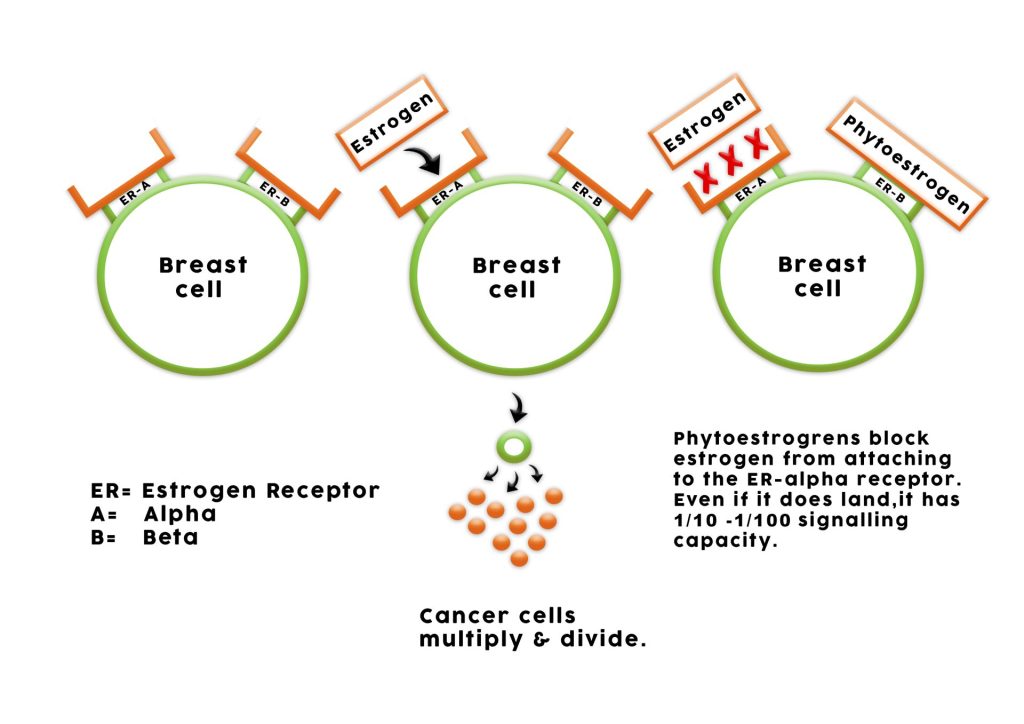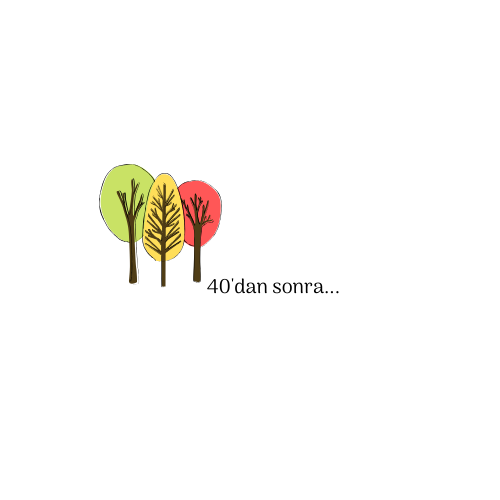Soy has long been at the center of controversy – is it good or bad for you?
But Soy is indeed a healthy food for everyone, men and women included, and at all stages of life.
Some of the benefits of soy consumption include a lower risk of certain cancers such as breast and prostate, reduced inflammation, hormonal balance, and lower cholesterol levels.
What is soy?
Soy refers to the soybean, which is a type of legume, similar to other beans such as chickpeas or white beans, for example.

Soybeans contain many beneficial nutrients such as protein, iron, calcium, zinc, magnesium, and potassium.
And Soybeans also contain a class of phytoestrogens called isoflavones.
Despite the similarities in name, phytoestrogens are not the same as estrogen (more on that in the section on breast cancer reduction below).
What are the different kinds of that foods?
Since soy is such a versatile bean, it can be transformed into many products.
However, like most other plant foods, the healthiest foods are the least processed.
The most “whole” or unprocessed version are edamame beans.
But you can typically buy edamame beans frozen.
Simply steam them and eat them right from the pods.
Then comes tempeh, a fermented soybean patty, if you look closely, you can still see the intact soybeans.
Tofu is more commonly known and is also a healthy choice.
When soybeans are converted into tofu about half the nutrients are lost (fibre, iron, magnesium, potassium, zinc, protein).
You can also read Magnezyum Desteğine İhtiyacınız Var mı?
However, here’s the cool part: since beans are so healthy, you could throw away half the nutrition and still have a really healthy food!
Moving along the line there’s soy milk, again processed to some degree but it’s a great plant-based milk alternative because of its high protein content compared to other options like almond or oat milk.
The most processed soy foods include the vegan mock meats and cheeses as well as protein powders.
They have a role to play and are healthy to some degree because they replace their animal-based counterparts, but you need to closely read the labels as these products could be high in fat and sodium.
It’s best to enjoy soya foods that have undergone the least amount of processing such as edamame beans, tempeh, tofu, and milk.
As the saying goes, less is more; the least processed, the better.

Special focus on breast cancer risk reduction
Research shows that women who include products in their diet are less likely to develop breast cancer compared with women who don’t consume any soy.
One study found that women averaging one cup of soy milk or about half a cup of tofu daily have a 30% lower risk of developing breast cancer compared with women who eat little or no soy.
What if you’re already diagnosed with breast cancer?
Studies show that women diagnosed with breast cancer and who ate the most soy, lived longer than those who consumed no soy and had a lower risk of recurrence.
But what about the phytoestrogens in soy?
Don’t they cause breast cancer?
Estrogen is a hormone found in mammalian bodies, humans and animals alike,
hence why we find estrogen in animal-based foods such as dairy.
“Phyto-estrogen” means plantestrogen and this is found in plant-based foods, such as soybeans.
Phytoestrogens act differently than estrogen in the body.
Think of estrogen as the fuel that feeds cancer and phytoestrogensas the fire extinguisher, reducing cancer risk.
The schematic image below shows the difference between estrogen and phytoestrogen.

Estrogen works by binding to “docking sites,” or receptors, on cells.
There are two different estrogen receptors (ER) in our bodies: ER-alpha and ER-beta.
Human or animal estrogen preferentially binds to the alpha receptor.
In breast cells, when alpha receptors are stimulated, cancer cells multiply and divide.
Soy phytoestrogens, on the other hand, bind preferentially to the beta receptor.
When beta receptors are stimulated, there is an opposite, antiestrogen effect.
When bound to the beta receptor, soy blocks estrogen from sitting in the ER-alpha chair and even if it does land in the ER-alpha receptor it has 1/10 – 1/100 signalling capacity.
Soy actually behaves like a breast cancer drug (tamoxifen). This drug is given to cancer patients to occupy and inactivate ER-alpha receptors.
So let’s set the record straight: soy does not increase breast cancer.
In fact, it decreases occurrence, recurrence, and death rates.
Enjoy the joy of that
But Make soy foods are regular part of your nutrition.
Don’t know how? Get in touch with me!
So as a Registered Dietitian, my passion is to promote thewell-known benefits of plant-based foods. Nothing tastes as good as healthy feels.
So you can visit my website at www.plangtevity.com
References used for this article
Books
Greger, M., & Stone, G. (2016). How Not To Die. Macmillan.
Funk, K. (2018). Breasts The Owner’s Manual. Thomas Nelson.
Factsheets
And Soy and health. Physicians Committee for Responsible Medicine. Accessed March 3, 2022. https://pcrm.widencollective.com/portals/gr0kpkol/factsheets
Other Scientific iterature
Or Wu AH, Yu MC, Tseng CC, Pike MC. Epidemiology of soy exposures and breast cancer risk. Br J Cancer. 2008 Jan 15;98(1):9-14. doi: 10.1038/sj.bjc.6604145. Epub 2008 Jan 8. PMID: 18182974; PMCID: PMC2359677.
And Zhang FF, Haslam DE, Terry MB, Knight JA, Andrulis IL, Daly MB, Buys SS, John EM. Dietary isoflavone intake and all-cause mortality in breast cancer survivors: The Breast Cancer Family Registry. Cancer. 2017 Jun 1;123(11):2070-2079. doi: 10.1002/cncr.30615. Epub 2017 Mar 6. PMID: 28263368; PMCID: PMC5444962.
Hamilton-Reeves JM, Vazquez G, Duval SJ, Phipps WR, Kurzer MS, Messina MJ. Clinical studies show no effects of soy protein or isoflavones on reproductive hormones in men: results of a meta-analysis. FertilSteril. 2010 Aug;94(3):997-1007. doi: 10.1016/j.fertnstert.2009.04.038. Epub 2009 Jun 12. PMID: 19524224.
Yan L, Spitznagel EL. Soy consumption and prostate cancer risk in men: A revisit of a meta-analysis. Am J Clin Nutr. 2009;89:1155-1163.
And van Die MD, Bone KM, Williams SG, Pirotta MV. Soy and soy isoflavones in prostate cancer: a systematic review and meta-analysis of randomized controlled trials. BJU Int. 2014 May;113(5b):E119-30. doi: 10.1111/bju.12435. PMID: 24053483.
And Others
Anderson JW, Bush HM. Soy protein effects on serum lipoproteins: a quality assessment and meta-analysis of randomized, controlled studies. J Am Coll Nutr. 2011 Apr;30(2):79-91. doi: 10.1080/07315724.2011.10719947. PMID: 21730216.
Mitchell JH, Cawood E, Kinniburgh D, Provan A, Collins AR, Irvine DS. Effect of a phytoestrogen food supplement on reproductive health in normal males. Clin Sci (Lond). 2001;100:613-618.
Strom BL, Schinnar R, Ziegler EE, et al. Exposure to soy-based formula in infancy and endocrinological and reproductive outcomes in young adulthood. JAMA. 2001;286:807-814.
Segovia-Siapco G, Pribis P, Messina M, Oda K, Sabaté J. Is soy intake related to age at onset of menarche? A cross-sectional study among adolescents with a wide range of soy food consumption. Nutr J. 2014;13:54-63.
Korde LA, Wu AH, Fears T, Nomura AM, West DW, Kolonel LN, Pike MC, Hoover RN, Ziegler RG. Childhood soy intake and breast cancer risk in Asian American women. Cancer Epidemiol Biomarkers Prev. 2009 Apr;18(4):1050-9. doi: 10.1158/1055-9965.EPI-08-0405. Epub 2009 Mar 24. PMID: 19318430.
Shu XO, Jin F, Dai Q, Wen W, Potter JD, Kushi LH, Ruan Z, Gao YT, Zheng W. Soyfood intake during adolescence and subsequent risk of breast cancer among Chinese women. Cancer Epidemiol Biomarkers Prev. 2001 May;10(5):483-8. PMID: 11352858.

